Managing Wildlife Populations
Hoof Disease Incentive Program Collection Sites: Biologists Holman, Stephens, Wickhem, and Bergh as well as Cowlitz Wildlife Area Manager Vanderlip and Conflict Specialist Aubrey all contributed to setting up the Hoof Disease Incentive Program collection stations for this year. This is year three of Washington Department of Fish and Wildlife’s program designed to incentivize hunters to remove elk showing visual signs of hoof disease. For information on the program see page 65 of the 2023 Big Game Hunting Regulations and/or visit the WDFW website.
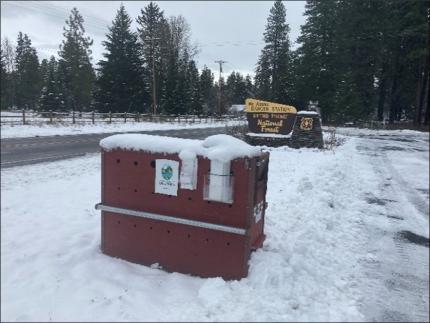
Forest Grouse Wing and Tail Collection Sites: Regional wildlife biologists set up the collection stations for hunter submissions of forest grouse wings and tails. Washington State Department of Fish and Wildlife biologists statewide use the forest grouse wing and tail collections to evaluate grouse populations by determining the species, sex, and age of hunter harvested grouse.
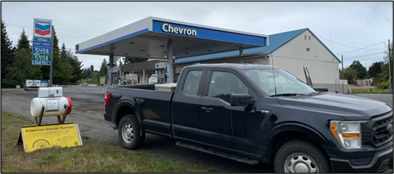
Northwestern Pond Turtles and Drought: Biologist Bergh followed up on a report by one of the bullfrog removal contractors who saw several pond turtle carcasses on the shores of ponds that have been drying up with this year’s severe drought. A total of seven pond turtle carcasses were found and most of the carcasses appeared to be somewhat fresh. Two of the ponds searched for carcasses were completely dry and one only had a small amount of water covering about a third of the pond’s area. After several successive years of drought, many ground and rainwater fed waterbodies have reached historically low levels.
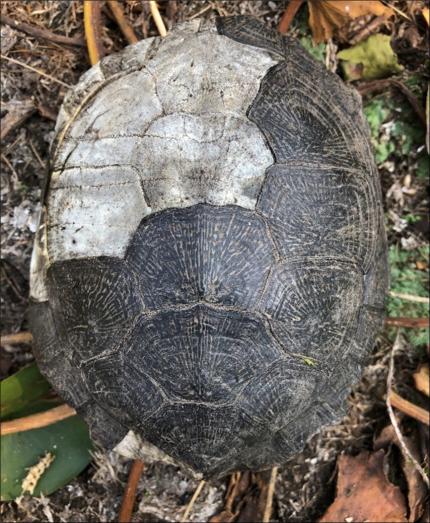
Hunter Harvest Wildlife Checks: Regional wildlife biologists, wildlife conflict specialists, and customer service specialists have made the initial hunter harvested wildlife checks of the fall season. Many species of wildlife including cougars, bobcats, bears, big-horned sheep, and mountain goats have various checking requirements to facilitate biological sample collection and assure the legality of harvests. Hunters are reminded to check the Big Game Seasons Pamphlet in order to be clear on checking requirements for various species. So far, cougars and bobcats have been inspected.
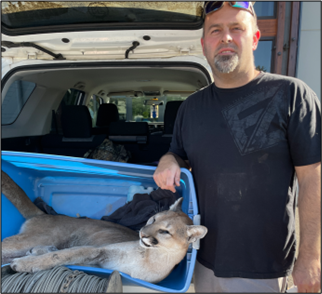
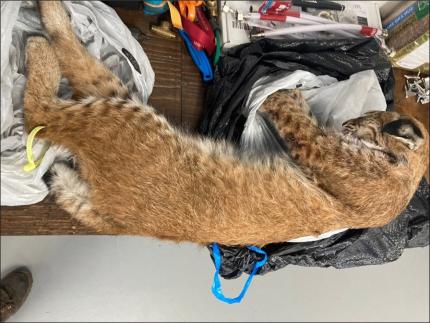
Animal ID: A homeowner contacted Wildlife Conflict Specialist Jacobsen about a feline in the yard that they believed was a lynx. The landowner took a great photo of the animal! Jacobsen confirmed the animal as a bobcat. It is not uncommon for Washington Department of Fish and Wildlife staff members to receive reports of lynx in southwest Washington, though all end up being bobcats or domestic house cats. Less than 50 lynx are known to persist in Washington, with all of those residing in the North Cascades. Lynx were historically present to some degree in the South Cascades, though unfortunately not much evidence exists of their presence here past the late 1890s.
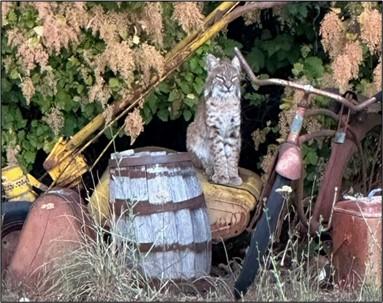
Wildlife Conflict Specialist Jacobsen was contacted by a concerned homeowner after the homeowner noticed an unusual animal in his yard. The homeowner described the animal as “four times larger than a cat, pure white, with a tail that curls up like a dog, hair like a pig, that jumps like a cat, and likes his compost pile.” The homeowner believed that there were wildlife species hybridizing in the woods around him. Jacobsen advised the homeowner to try to get a picture of the animal and to set up a trail camera. A couple of weeks later, Jacobsen received a photo of the animal from the homeowner. Though the picture was taken at a substantial distance and the animal in question was blurry, Jacobsen believes that the animal was likely a raccoon with a skin/hair condition that caused it to lose much of its fur (though it also resembled a house cat in some respects). The homeowner wasn’t convinced.
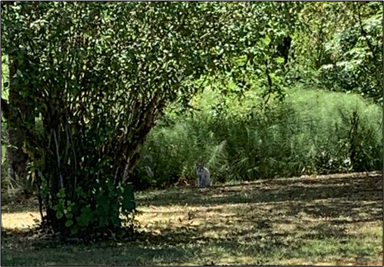
Providing Recreation Opportunities
Klickitat County Pheasant Release: Biologist Wickhem and Volunteer Morrison released farm-raised pheasants at three locations outside Goldendale ahead of the two-day youth hunting season. In total, 80 roosters were released at the Goldendale Trout Hatchery, the Gun Club, and Finn Ridge “Feel Free to Hunt” properties. All birds were good fliers and were excited to explore the wilds outside of their crates. Please remember that nontoxic shot is required at all pheasant release sites (PDF).
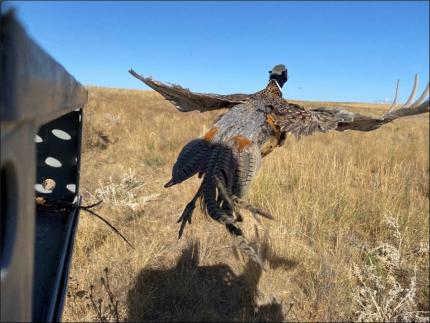
Property Enrollments: Wildlife Conflict Specialist/Private Lands Supervisor Jacobsen enrolled 15 properties in various Private Lands Hunting Access programs for a total of 62,130 acres across Region 5. Jacobsen also posted several of the properties with Private Lands Program signage.
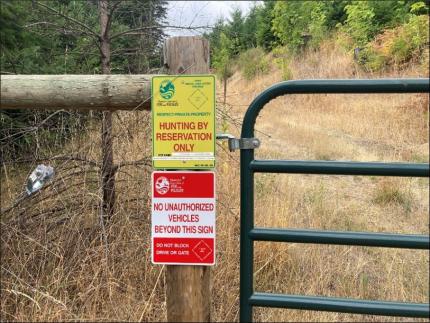
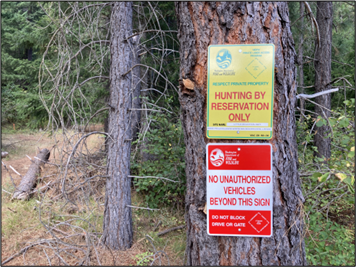
Providing Conflict Prevention and Education
Tangled Owl: Wildlife Conflict Specialist Jacobsen fielded a report about an owl tangled in a soccer net at a Clark County Park. Jacobsen contacted county officials in the area and provided advice on untangling the owl.
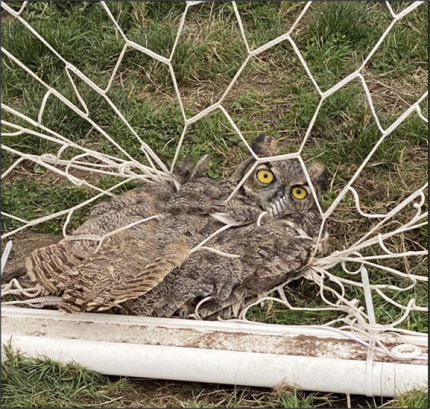
Cougar Concerns: A resident in Klickitat County contacted Wildlife Conflict Specialist Jacobsen after his neighbor captured a cougar on a security camera near their respective homes. Jacobsen provided advice on living in cougar country.
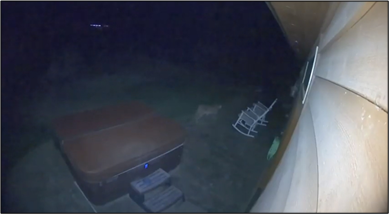
A Clark County resident contacted Wildlife Conflict Specialist Jacobsen regarding a dead deer that he had found in a field near his house. A substantial blood trail led through the backyard of a residence to where the deer lay in the field. The reporting party was concerned that a cougar had killed the deer and wanted to alert all the neighbors regarding the cougar’s presence. Jacobsen happened to be in the area the following day and stopped by to investigate the carcass. One of the neighbors had removed the carcass earlier in the morning but Jacobsen determined that the most likely explanation for the scenario was that the small buck had been hit by a car and had a broken leg. At some point, the buck was discovered by coyotes, who pursued the deer and killed it on the edge of the field.
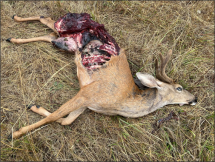
A concerned member of the public contacted local police after she observed what she believed was a cougar near a local business. Police staff contacted Wildlife Conflict Specialist Jacobsen, who confirmed the animal in question as a bobcat.
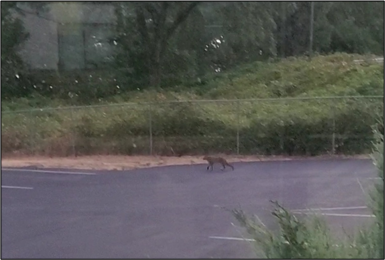
A homeowner in Skamania County reported observing a cougar near her house a few days prior. Wildlife Conflict Specialist Jacobsen examined the photo of the animal and confirmed that it was a cougar. Advice was provided to the homeowner regarding outdoor domestic cats and living in cougar country.
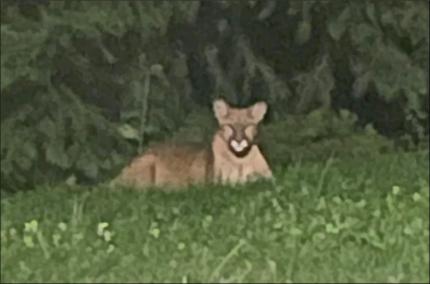
Depredation on Gazelle: Wildlife Conflict Specialist Jacobsen and Officer Way responded to a report of a cougar depredation on a Rhim gazelle (also known as a slender-horned gazelle) at an exotic farm in Klickitat County. Rhim gazelle are native to a handful of countries in northern Africa and are considered endangered in the wild. A Klickitat County Deputy and houndsman were already on-scene searching for a cougar when Washington State Department of Fish and Wildlife staff members arrived. After investigating the kill site and conducting a full necropsy on the carcass (which included shaving and skinning the carcass), Jacobsen confirmed the depredation as a coyote depredation and provided advice to the farm manager on fencing to prevent future coyote issues.
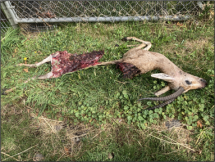
Orphaned Bobcat Kitten: Wildlife Conflict Specialist Jacobsen fielded a report about a bobcat kitten that a landowner had trapped in his shed and later let go. The bobcat’s behavior in the report sounded unusual, so Jacobsen contacted the landowner and determined the bobcat was likely orphaned. The kitten had been hanging out near the landowner’s house for the past four days without any sign of an adult present. Jacobsen asked the landowner if he would be willing to set a live trap for the bobcat. The landowner went out and purchased a live trap and within 15 minutes of setting the trap, he had caught the bobcat kitten again. The landowner met Jacobsen and handed the bobcat off. Jacobsen, Furbearer Specialist Welfelt, and Rehabilitation Coordinator Mannas worked together to transport the kitten several hundred miles to PAWS rehabilitation center in Snohomish County, where it will reside with five other bobcat kittens currently in rehab.
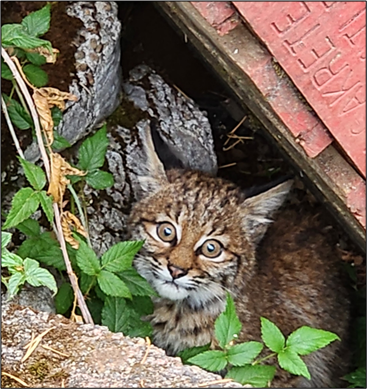
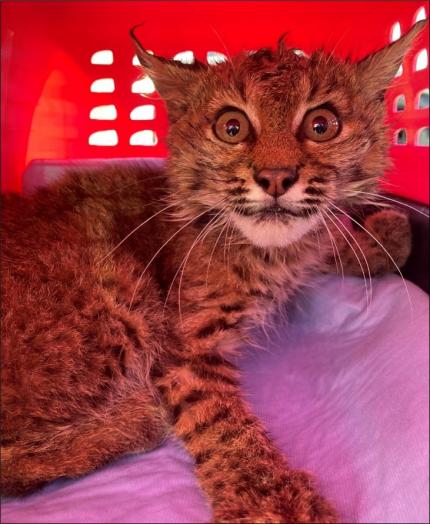
Goat Depredations: Two different landowners in western Clark County contacted Wildlife Conflict Specialist Jacobsen regarding depredations on their domestic goats. In both instances, the landowners believed cougars were responsible, but they had already disposed of the carcasses by the time they contacted Washington Department of Fish and Wildlife. Based on the photographs submitted of the depredations and the locations of the farms, Jacobsen was confident that coyotes were responsible; however, one landowner was convinced that a cougar had killed his goats since his fence was extremely “secure” and didn’t believe a coyote could enter the pasture. The landowner lost 10 goats in the past couple of weeks. Jacobsen met with both landowners and provided advice on various non-lethal deterrent measures with an emphasis on fencing modifications to prevent coyotes from entering the various goat pastures.
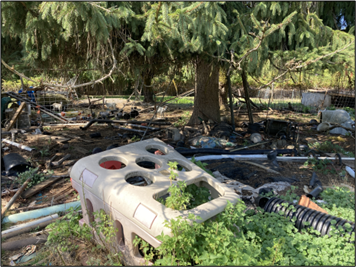
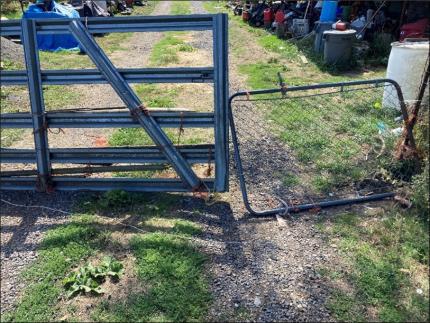
Injured Deer: Wildlife Conflict Specialist Jacobsen was on the phone with a Clark County deputy regarding an injured deer that had been reported when the deputy received another report of a second deer that had been hit by a car and was injured. Jacobsen responded to the scene and euthanized the juvenile buck while Camas/Washougal Animal Control provided traffic control assistance.
Orphaned Black Bear Cubs: Wildlife Conflict Specialist Jacobsen responded to a report of two orphaned black bear cubs on Department of Natural Resources land in Clark County. Jacobsen set a trail camera up in the area but did not capture any videos of the cubs using the area.
Scat Identification: A concerned homeowner emailed pictures of some scat that she found in her yard to Washington Department of Fish and Wildlife, believing the scat was bear scat. Wildlife Conflict Specialist Jacobsen identified the scat as raccoon scat and provided advice to the homeowner.
Wolf Concerns: Wildlife Conflict Specialist Jacobsen received a report of two large canines, possibly wolves, that were observed in a pasture with cattle. Jacobsen responded to the area and checked a trail camera there. No photos of wolves were detected, but Jacobsen did capture this nice photo of a bear. Two large guard dogs frequent the pasture from a neighboring property, and it is likely that these were the canines that were observed by the reporting party.
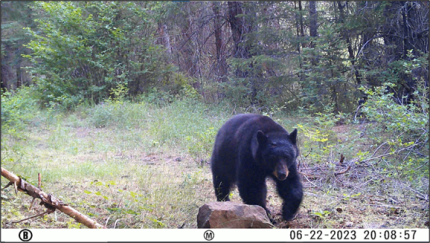
Trapped Opossum: Wildlife Conflict Specialist Jacobsen was contacted by a property manager regarding an opossum caught in a live trap that had been set for feral cats. The property manager wanted to know what to do with the opossum. Jacobsen advised the manager to simply let the opossum go.
Ungulate Damage: Wildlife Conflict Specialist Aubrey continued to respond to reports of elk and deer damage to agricultural crops. Aubrey worked with landowners on signing a Damage Prevention Cooperative Agreement and implementation of mitigation measures to lessen the damage.
Injured Deer: Wildlife Conflict Specialist Aubrey responded to a deer that had been hit by a vehicle. The deer was no longer mobile and was euthanized.
Nuisance Porcupine: Wildlife Conflict Specialist Aubrey responded to a report of a porcupine “stuck” in the fence in a backyard. The porcupine was not stuck but was hiding in the only spot of cover in the yard. The homeowner had dogs that needed to be let out so Aubrey captured the porcupine and relocated it to a nearby wooded area.
Providing Education and Outreach
Land Trust Alliance Conference: Biologist Bergh joined staff members from the Friends of the Gorge Land Trust, Pacific Northwest Ecoservices LLC, and the U.S. Fish and Wildlife Service Partners for Fish and Wildlife Program to give a seminar at the national Land Trust Alliance Conference which happened to be in Portland, Oregon this year. The title of their seminar was called “State-endangered Turtles, Invasive Plants and Animals, and Partnerships to Improve Habitat”. The Friends of the Gorge Land Trust purchased a property they call “Turtle Haven” in 2016 and have been successfully restoring the property for the benefit of northwestern pond turtles. The seminar was well attended with many great questions.
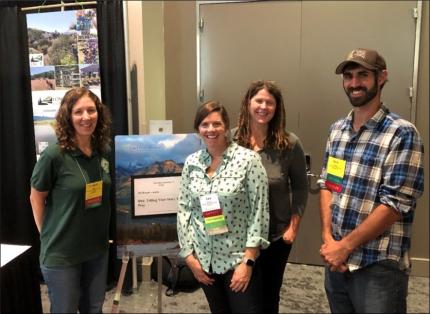
Webinar on Bullfrog Removal: Biologist Bergh and Washington Department Fish and Wildlife Contractor Michel did a webinar titled “Bullfrog Removal to Benefit the Imperiled Northwestern Pond Turtle” as part of the Conservation and Adaptation Toolbox webinar series. Over one hundred people attended the webinar, many great questions were asked, and technical knowledge was exchanged.